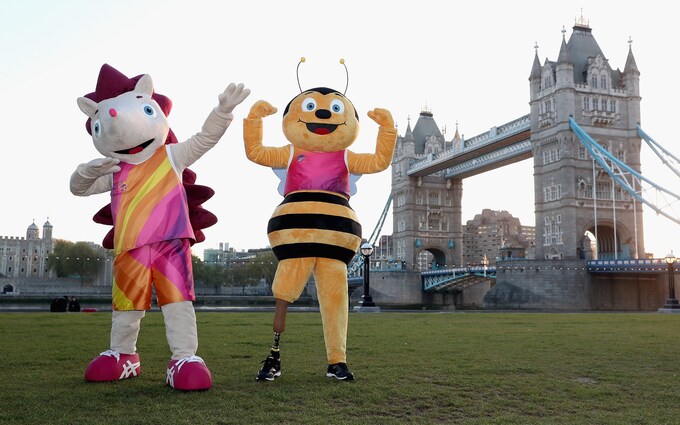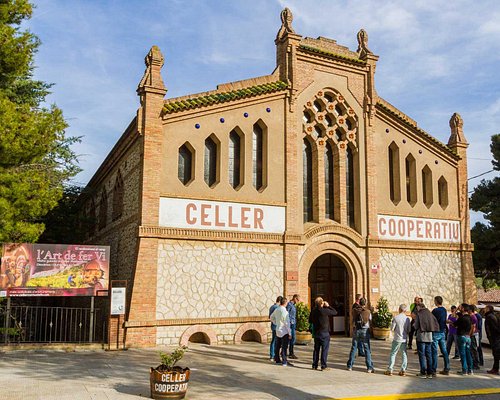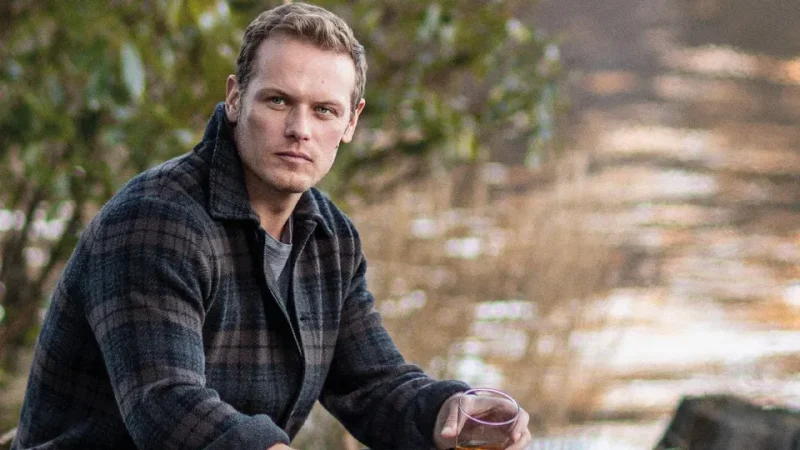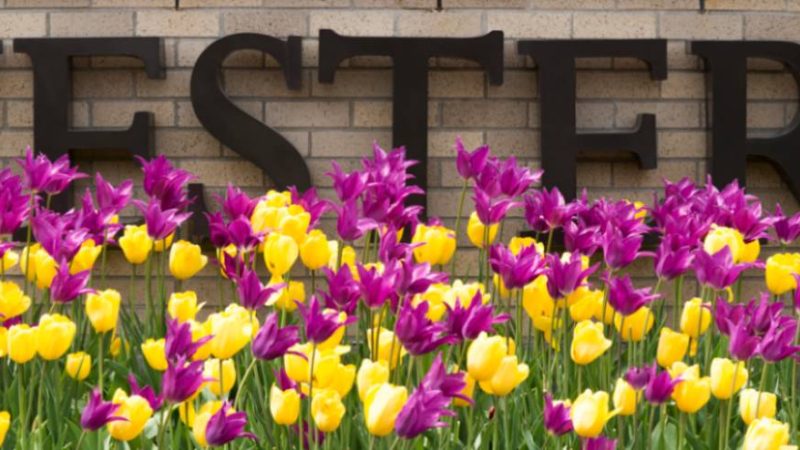: Unveiling the Magical World of Mascots: More Than Just Costumes

In the world of entertainment, sports, and branding, mascots play a significant role, transcending their mere existence as costumed characters. These symbolic figures serve as ambassadors for teams, brands, and events, capturing the hearts of audiences and leaving a lasting impression. Beyond the surface, mascots hold a rich history and cultural significance, blending entertainment, marketing, and team spirit into a unique concoction.
The Origins of Mascots:
The term “mascot” finds its roots in the French word “mascotte,” meaning lucky charm or talisman. Historically, mascots were believed to bring good luck and fortune to their bearers. This concept dates back to ancient times when warriors carried totems into battle, believing these symbols would protect and bless them.
Mascots in Sports:
The sports arena is where mascots truly shine. From the iconic Philly Phanatic to the energetic San Diego Chicken, sports teams leverage mascots to engage fans and create a sense of unity. These characters often embody the team’s spirit, rallying supporters and fostering a unique connection between the players and the audience.
One of the most famous sports mascots is the Phillie Phanatic, the green, furry creature representing the Philadelphia Phillies baseball team. Created in 1978, the Phanatic quickly became a beloved figure, entertaining fans with its antics and dance moves during games. Its popularity has transcended sports, making appearances in various media and even earning a spot in the Mascot Hall of Fame.
Mascots in Branding:
Beyond sports, mascots are powerful tools in the world of branding. Companies use them to personify their products or services, creating a memorable and relatable face for their brand. Think of the Pillsbury Doughboy, Geico Gecko, or Tony the Tiger – all iconic mascots that have become synonymous with their respective brands.
The Pillsbury Doughboy, with his infectious giggle and playful demeanor, has been a symbol of the Pillsbury Company since 1965. This rotund character not only promotes the brand but also conveys a sense of warmth and nostalgia, making consumers associate Pillsbury with the joy of baking.
Mascots in Entertainment:
Mascots also play a crucial role in the entertainment industry. Theme parks, festivals, and events often feature mascots to entertain visitors and create a magical atmosphere. These characters go beyond static images on packaging or billboards; they come to life, interacting with people and adding a touch of whimsy to any occasion.
Consider the iconic Mickey Mouse, the cheerful and adventurous mascot of Disney. Since his debut in 1928, Mickey has become a global symbol of joy and imagination. From theme parks to merchandise, Mickey Mouse represents the enchanting world of Disney, bringing smiles to people of all ages.
The Evolution of Mascot Design:
Mascot design has evolved over the years, blending creativity, technology, and cultural influences. Early mascots were often simple and symbolic, focusing on representing the essence of the team or brand. As technology advanced, mascots became more sophisticated, with animatronics, special effects, and intricate costumes enhancing their appeal.
In recent years, digital mascots have also emerged, leveraging augmented reality and virtual platforms to engage audiences. These digital mascots can interact with fans online, providing a new dimension to the traditional mascot experience.
Challenges and Controversies:
While mascots are beloved by many, they have not been without their share of controversies. Some mascots have faced criticism for cultural insensitivity or perpetuating stereotypes. Teams and brands are increasingly mindful of these concerns, leading to redesigns and reimagining of mascots to ensure inclusivity and respect for diverse communities.
The Future of Mascots:
As we look to the future, the role of mascots is likely to continue evolving. Advancements in technology may give rise to even more interactive and immersive mascot experiences, both in the physical and virtual realms. The importance of mascots in fostering connections between teams, brands, and their audiences is unlikely to wane, as these iconic characters continue to captivate our hearts and imaginations.
Conclusion:
Mascots are more than just costumed characters; they are symbols of luck, unity, and entertainment. From the sports arena to the world of branding and entertainment, mascots have woven themselves into the fabric of our culture. As we celebrate the joy they bring to our lives, it’s essential to remain mindful of their impact and ensure that mascots continue to evolve in a way that is inclusive, respectful, and representative of the diverse world we live in.
1. What is a mascot? A mascot is a symbolic character, often represented by a person in costume, that serves as a representative or symbol for a team, brand, event, or organization. Mascots are designed to engage and entertain audiences while embodying the spirit and identity of what they represent.
2. What is the purpose of mascots? Mascots serve various purposes depending on their context. In sports, they are often used to energize and engage fans, creating a sense of unity and team spirit. In branding, mascots personify products or services, making them more relatable and memorable. Overall, mascots contribute to the entertainment, marketing, and identity-building efforts of their associated entities.
3. How did the tradition of using mascots begin? The tradition of using mascots has ancient roots, with historical records indicating the use of symbolic figures as talismans or good luck charms. In modern times, the concept evolved, and mascots became prevalent in sports, businesses, and entertainment, contributing to the overall experience and branding efforts.
4. What makes a good mascot? A good mascot is one that effectively communicates the identity and values of the entity it represents. It should be visually appealing, easily recognizable, and capable of engaging with the audience. An element of uniqueness, whether in appearance or behavior, often contributes to the success of a mascot.
5. Can mascots be controversial? Yes, mascots can be controversial. Some mascots have faced criticism for cultural insensitivity, perpetuating stereotypes, or being offensive. In response to concerns, teams and brands have occasionally redesigned or retired mascots to ensure they align with contemporary sensitivities and values.
6. How are mascots created? The creation of mascots involves a combination of creativity, design, and marketing strategies. Designers consider the identity and values of the entity the mascot represents, as well as the target audience. Costumes may be created with specific materials and features to enhance the mascot’s visual appeal and functionality during performances.
7. Are there digital mascots? Yes, with the advancement of technology, digital mascots have emerged. These mascots exist in virtual spaces, often leveraging augmented reality (AR) or virtual reality (VR) platforms. Digital mascots can interact with audiences online, providing a unique and immersive experience beyond the traditional physical presence of mascots.
8. Do all sports teams have mascots? While not all sports teams have mascots, they are a common feature in many sports, particularly in North America. Mascots are prevalent in baseball, football, basketball, hockey, and other sports, contributing to the fan experience during games and events.
9. Are there any famous mascots that have stood the test of time? Yes, several mascots have become iconic and have stood the test of time. Examples include Mickey Mouse (Disney), the Phillie Phanatic (Philadelphia Phillies), and the Geico Gecko. These mascots have transcended their initial roles, becoming cultural symbols with enduring popularity.
10. How do mascots contribute to marketing efforts? Mascots contribute to marketing efforts by creating a memorable and relatable face for a brand. They help build brand recognition, engage consumers emotionally, and foster a connection between the brand and its target audience. Mascots often play a crucial role in advertising campaigns and promotional events.






